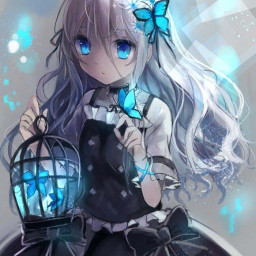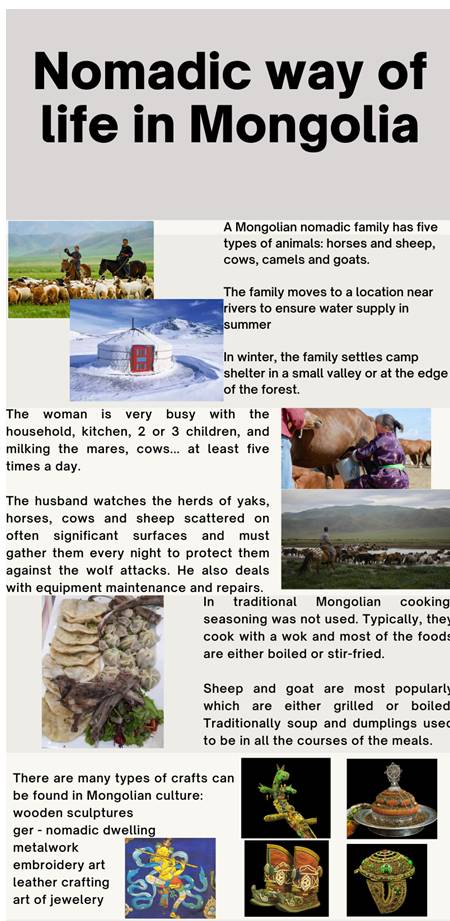1.The performances of puppetry show …… in the countryside and .
A. everyday life – folk tales B. everyday life – folk rock
C. everyday life – folk stories D. everyday lives – folk people
2.My cousin – Hoa, is the same age ……. me.
A. as B. of C. to D. like
3.For many people, a good knowledge of music and arts is regarded as a ….. for every student.
A. need B. needs C. necessity D. necessary
4.This year’s musical festival is not …….. it was last year.
A. worse B. as good as C. as well as D. different from
5.Since the 1970s, the festival in Glastonbury has taken…. almost every year and has grown in size.
A. time B. place C. note D. notice
6.The puppet shows present ……. themes of Vietnamese villages.
A. city B. country C. rural D. urban
7.Arts are of great in education, especially for young children.
A. important B. importance C. unimportant D. unimportance
8.The villagers are ……… they were years ago. There is no change at all.
A. as friendly as B. as friend as C. different from D. not as friendly as
9.Dong ho paintings are made on ……. paper with beautiful ……. colours.
A. tradition – nature B. tradition – natural C. traditional – nature D. traditional – natural
10.My village is not it was ten years ago.
A. same as B. the same C. the same as D. the same like
11.Teenagers in Viet Nam like k- pop, and they like Korean films .
A. so B. too C. either D. however
12.Water puppetry…… in the 11th century in the villages of red river delta of north Viet Nam.
A. begin B. start C. formed D. originated
13.My brother’s taste in art is quite different …….. mine.
A. to B. as C. from D. then
14.The group is …… for their albums and tours around the world.
A. well-prepared B. well-known C. well-know D. know-how
15.The film is not …… long as the film I watched last week.
A. but B. as C. to D. from


























